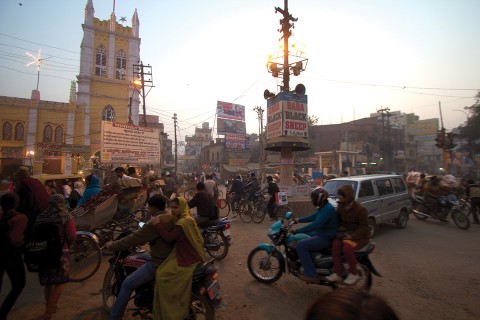The roots of India’s united churches
How the Church of South India and Church of North India were formed—and how they fare today.

In the mid-20th century, ecumenism was a lively topic of debate within Protestant churches. As so often in Christian history, some of the boldest and most innovative experiments occurred on the mission frontier, in what we today call the Global South. We are approaching the 75th anniversary of a critical development in that story.
When the British ruled India, they established their familiar denominations, which built churches along familiar lines. Those structures symbolized the imperial associations of the faith, in an overwhelmingly non-Christian society that was anxious to end British domination. As national independence approached in 1947, Christians faced challenging questions about their place in the emerging order.
In the southern half of India, a broad range of churches agreed to an act of unification that would have been breathtaking, even unthinkable, in Europe or North America. The new Church of South India incorporated four main traditions: Anglican, Methodist, Presbyterian, and Congregational. The CSI is thus a full member of both the Anglican Communion and the World Methodist Council. Its motto comes from Jesus’ words: “That they all may be one.”




